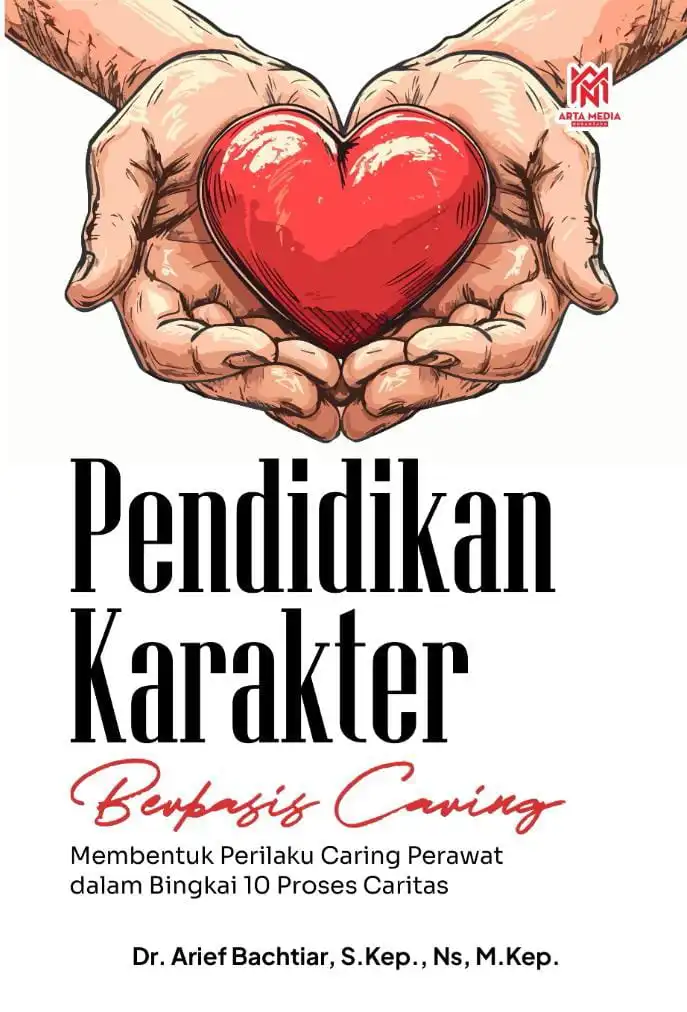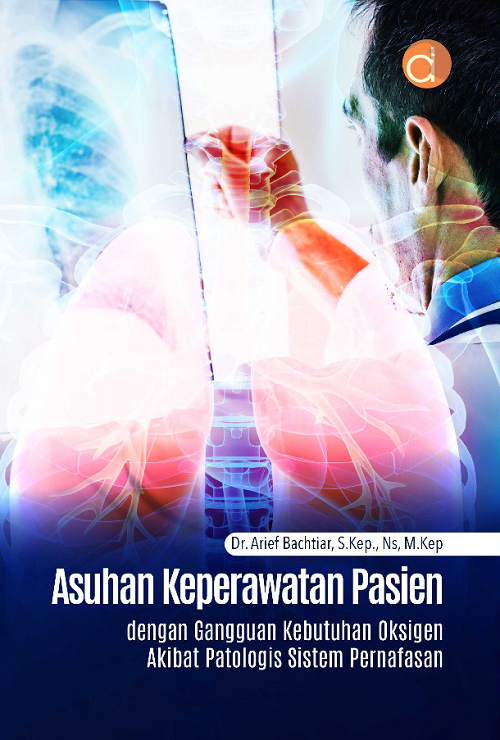Problem-Oriented Record (POR) Model of Nursing Documentation
 |
| https://www.freepik.com/ |
In nursing practice, documentation serves as an essential tool for communication, legal protection, and quality assurance. The Problem-Oriented Record (POR) is one of the most widely used models of nursing documentation that organizes patient data around specific problems, ensuring a more integrated approach to patient care. This model aims to focus on identifying, documenting, and addressing patient problems in a systematic way.
What is a Problem-Oriented Record (POR)?
A Problem-Oriented Record (POR) is a method of organizing patient information based on the identification of specific problems or concerns that arise during the course of a patient's care. Unlike the Source-Oriented Record (SOR), which organizes documentation by the source of information (e.g., physician notes, nursing notes), the POR model organizes patient data around the problems being treated. This method integrates various aspects of care, including medical, nursing, and allied health interventions, into one unified record, ensuring that patient care is coordinated and all healthcare providers are working towards resolving the identified problems.
In the POR model, each patient’s problems are listed in a logical order, and each problem has an associated care plan and documentation of progress. The model ensures that care providers across disciplines have access to a clear, concise, and integrated record of the patient's issues and the interventions being implemented to address them.
Key Features of the Problem-Oriented Record
Identification of Patient Problems
The first step in the POR model is identifying the patient's primary problems. These can range from physical conditions like pain, impaired mobility, or infection to emotional and psychological issues such as anxiety or depression. The nurse, in collaboration with the rest of the healthcare team, assesses the patient and identifies these problems.
Structured Format for Documentation
The POR model is typically structured using a standardized format to ensure consistency across all disciplines. It often includes the following sections:
- Problem List: A list of the patient's identified problems in order of priority.
- Initial Assessment and Plan: A comprehensive assessment of each problem with corresponding nursing or medical interventions.
- Progress Notes: Documentation of interventions and patient responses to the care plan.
Goal-Oriented Care Plans
- For each identified problem, a care plan is created with specific, measurable, and achievable goals. The care plan outlines interventions, expected outcomes, and timelines for resolution or improvement of each problem. The nurse and other healthcare team members collaborate to create this plan, ensuring it is comprehensive and holistic.
Ongoing Evaluation and Revision
As interventions are implemented, the patient’s response is continually assessed, and the care plan is updated accordingly. This process of continuous evaluation ensures that patient care remains relevant and effective, adapting to changes in the patient's condition.
Advantages of the Problem-Oriented Record
Holistic Approach to Care
The POR model promotes a holistic approach to patient care by addressing all aspects of a patient's condition, including physical, emotional, and social problems. This ensures that care is not fragmented but coordinated across different healthcare providers.
Improved Communication and Collaboration
Since all team members are working from a common problem list and care plan, communication and collaboration between disciplines are greatly improved. Nurses, physicians, social workers, and therapists can easily access relevant information about the patient's condition and contribute their expertise to solving the problems.
Clear Focus on Patient Outcomes
The POR model focuses on problem-solving, which encourages care providers to prioritize interventions that are directly related to patient outcomes. This ensures that care is goal-directed and outcomes are clearly defined.
Better Documentation and Legal Protection
The POR model’s emphasis on documenting problems, care plans, and outcomes helps ensure that all interventions are well-recorded and justified. In legal situations, such documentation provides strong evidence that the patient’s care was comprehensive, systematic, and appropriate.
Disadvantages of the Problem-Oriented Record
Time-Consuming
The process of identifying, documenting, and updating problems can be time-consuming, especially in fast-paced clinical environments. Comprehensive documentation and ongoing assessments require significant time and effort from healthcare professionals.
Potential for Redundancy
If not properly managed, the focus on individual problems might lead to redundant documentation. Healthcare providers may end up documenting the same interventions for multiple problems, leading to inefficiencies.
Requires Training
Implementing the POR model effectively requires healthcare professionals to be trained in problem-solving techniques and the standardized format. Without proper training, there is a risk of inconsistency in documentation, reducing the model's effectiveness.
Example of the Problem-Oriented Record in Clinical Practice
Let’s consider an example of a patient admitted for post-operative care following abdominal surgery. Using the POR model, the nursing documentation would be organized based on the patient’s specific problems:
Name: Jane Doe
Age: 45
Diagnosis: Abdominal Surgery (Post-Operative Care)
Date of Admission: February 9, 2025
Room: 305
Problem List:
Pain related to surgical incision
Risk for infection related to surgical wound
Impaired mobility related to post-operative weakness
Anxiety related to hospitalization and surgery
Problem #1: Pain Related to Surgical Incision
Assessment: Patient reports pain level of 7/10 on the pain scale. Surgical incision site is intact, but pain is present during movement.
Goal: To decrease pain to 3/10 within 24 hours.
Interventions:
Administer prescribed analgesics (Hydromorphone 2 mg IV every 4 hours).
Encourage deep breathing and relaxation techniques.
Reposition patient every 2 hours for comfort.
Progress Notes:
02/09/2025, 10:00 AM: Patient received Hydromorphone 2 mg IV, pain reduced to 5/10.
02/09/2025, 02:00 PM: Pain reduced to 3/10 following repositioning and deep breathing exercises.
Problem #2: Risk for Infection Related to Surgical Wound
Assessment: Surgical wound site is clean, no signs of redness or drainage.
Goal: To prevent infection and maintain a clean, dry surgical site.
Interventions:
Monitor surgical site for signs of infection (redness, warmth, discharge).
Maintain sterile technique during dressing changes.
Educate patient on hand hygiene and wound care.
Progress Notes:
02/09/2025, 10:00 AM: Surgical site is intact with no signs of infection. Dressing changed using sterile technique.
Problem #3: Impaired Mobility Related to Post-Operative Weakness
Assessment: Patient is unable to ambulate without assistance. Limited mobility due to post-operative weakness.
Goal: To improve mobility to the point where the patient can ambulate with minimal assistance within 48 hours.
Interventions:
Assist patient with ambulation twice a day.
Encourage active range-of-motion exercises.
Monitor vitals before and after activity to ensure tolerance.
Progress Notes:
02/09/2025, 12:00 PM: Patient ambulated 5 feet with assistance. Tolerated activity well, no dizziness or shortness of breath.
Problem #4: Anxiety Related to Hospitalization and Surgery
Assessment: Patient appears anxious, verbalizes concern about recovery process and pain management.
Goal: To reduce anxiety and promote relaxation.
Interventions:
Provide emotional support and reassurance.
Offer information about the surgical process and recovery expectations.
Refer to the hospital’s counseling services if anxiety persists.
Progress Notes:
02/09/2025, 10:30 AM: Patient expressed some relief after discussion about the recovery process. Will continue providing emotional support.
Conclusion:
The Problem-Oriented Record (POR) model helps to structure patient documentation around identified problems, providing a comprehensive and integrated approach to care. It enhances collaboration between healthcare providers and ensures that patient care is coordinated and goal-directed. While the POR model offers many benefits in terms of clear documentation and effective problem-solving, it requires thorough training and time to implement effectively.
References:
- McGonigle, D., & Mastrian, K. G. (2017). Nursing Informatics and the Foundation of Knowledge. Jones & Bartlett Learning.
- White, C. (2017). Legal Aspects of Nursing Documentation. Nursing Practice & Law, 8(2), 115-125.





Leave a Comment